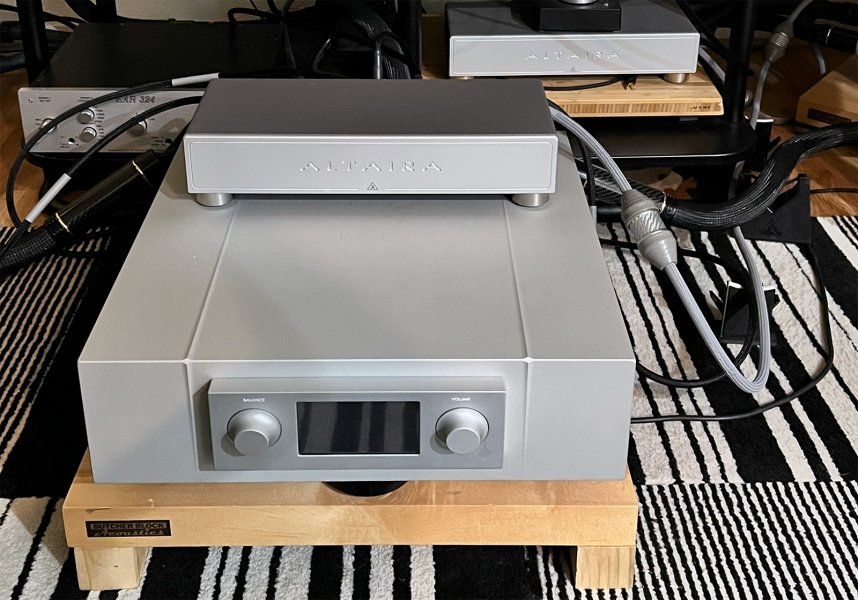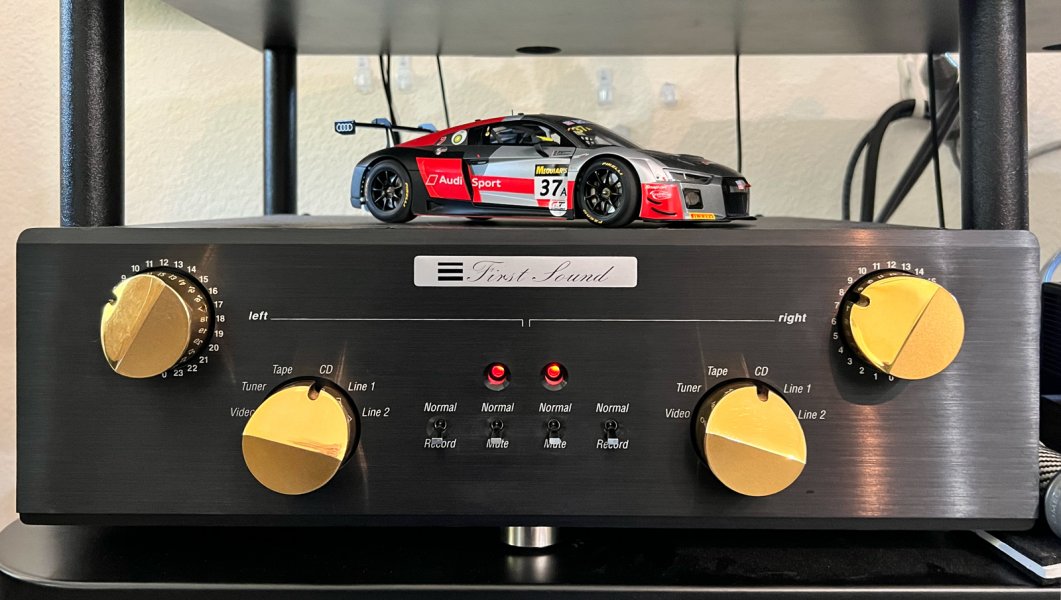I have seen this stuff. I think material, density, how its applied all matters. I have investigated foils, fabrics, paints. They can all work. Maybe great to make a copper foll liner in the rack and attach a ground box to it.You don't need to spend 50K. Faraday cages or equivalent can be had for a fraction of that in all sorts of sizes

Faraday Protection Canopy EMF RF LF Reducing Radiation Shielding Mosquito Net | eBay
Shielding: RF & LF Electromagnetic fields. Size:220x220x220cm /160x220x220cm with 2 doors +1 grounding mats for the canopy(put it under the canopy). -Anti-radiationï¼RF/EMI/EMF/LF blocking and earthingï¼.www.ebay.com

Faraday Fabric (44" x 36") — RF, EMI, & RFID Shielding for 99% EMF Pro
Upgrade your health and privacy protection using our Copper Faraday Fabric! It's highly effective in blocking your wireless gadgets to guard you against potentially harmful frequencies.atmosure.com
I pretty consistently believe its better to keep noise out rather than try and remove it.



